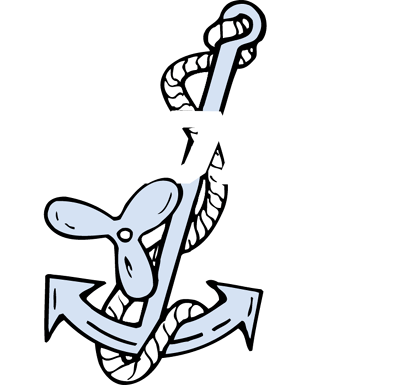Cosco Busan Lessons Learned
The recently reported news releases of the conclusion of the criminal case against the pilot ofthe Cosco Busan noted that it resulted in a prison sentence for the pilot. It will be recalled that the COSCO BUSAN, a 900 ft. long Hong Kong-registered container ship, allided with the San Francisco-Oakland Bay Bridge on November 7, 2007, resulting in a 53,000 gallon oil spill into San Francisco Bay. Although many in the maritime industry have roundly deplored the legislative and public culture that has in recent years led to the criminalization of maritime accidents, the event does leave us with some important lessons to be learned, or in most cases, re-learned. It is thought that it would be helpful to restate some of the more obvious ones here for MOPS attorneys and insureds, as a graphic and shocking reminder of the constant need to be vigilant, and of the ease with which of a sequence of seemingly minor oversights can conspire to compound themselves quickly into a calamity of enormous proportions:
- It is absolutely essential for a pilot and the master to review a passage plan before departure and to have a so-called “master-pilot exchange” before departing, in every instance, no matter how routine, and no matter how many times that particular master and that particular pilot may have made the passage previously (How many of us have represented a pilot in a case when that was not done?);
- In this age of radar, collision avoidance systems, computers, electronic charts and GPI navigation, failure to post low visibility lookouts can still be seen as contributing fault if followed by a casualty (How many times have we seen that?);
- Similarly, no matter how familiar a master or pilot may be with local waters, failure to make some arrangement to plot positions on a chart can also still be seen as contributing fault (And how many times have we seen that one, too?) (NOTE: neither the Coast Guard nor the federal court accepted the COSCO BUSAN pilot’s excuse that he did not need to make written plots in pilot waters with which he was intimately familiar because it was “like backing (his) car out of the driveway”);
- It should go without saying that all members of the bridge team, including the pilot, must be proficient in the use of all bridge equipment. (The COSCO BUSAN pilot was cited for failure to notify the master that he thought the radars were both unreliable, as he later claimed, and also for being seemingly unable to properly use the vessel’s electronic chart system);
- It should also go without saying that licensed mariners must disclose all medical conditions and prescription drug use on their annual medical forms submitted to the Coast Guard; and
- Finally, it should come as no surprise that a mariner’s decisions leading up to a casualty may be judged in hindsight in part based on what other mariners did or did not do in the same situation, especially when the action or conduct of others was different. Clearly mariners should ask: What are others doing in these circumstances? (The COSCO BUSAN pilot was faulted for getting underway in thick visibility when six other pilots in the same area had declined to do so - naturally, there is no mention of how many other pilots DID get underway.)
If these all seem to be simple, commonplace and common sense precautions, they are. Yet an experienced and by all accounts skilled and capable marine pilot apparently felt safe disregarding each of them. We can all use a reminder from time to time never to take any established professional precaution for granted, no matter how minor, how simple or how unimportant it may seem at the moment.
